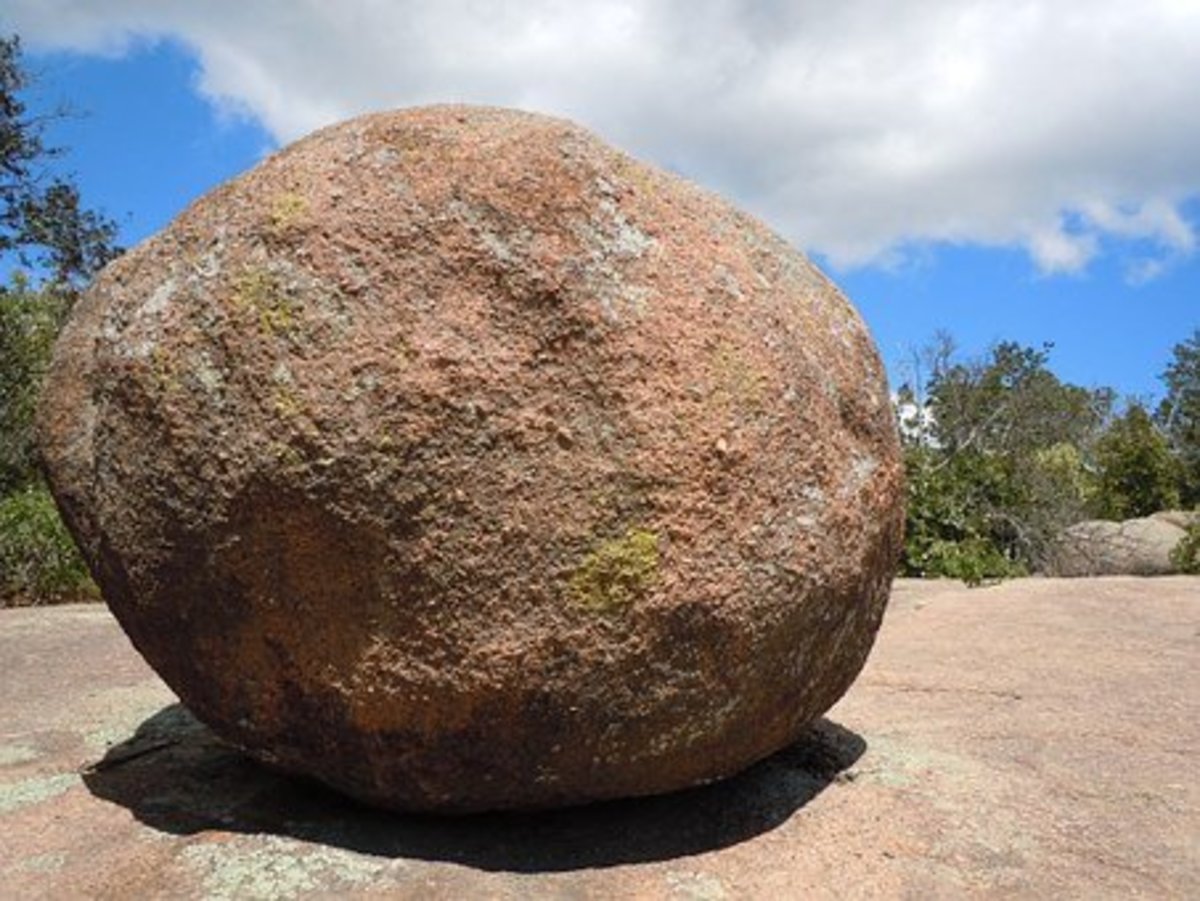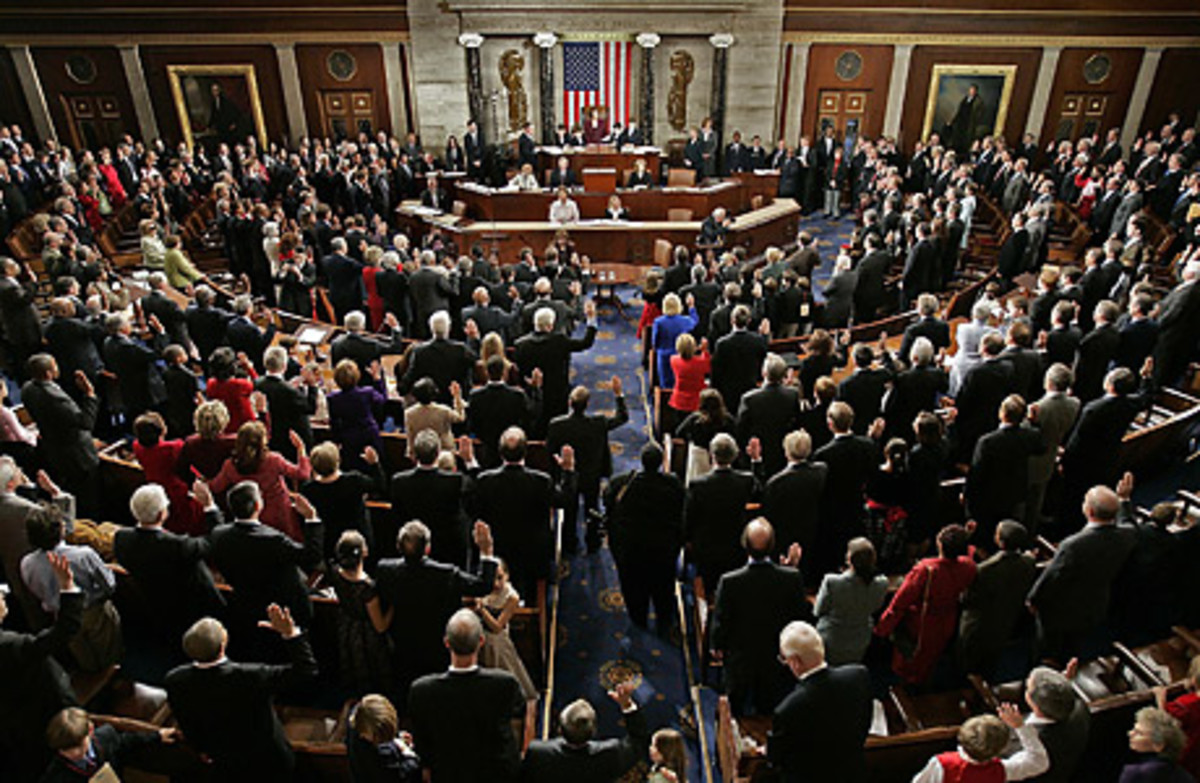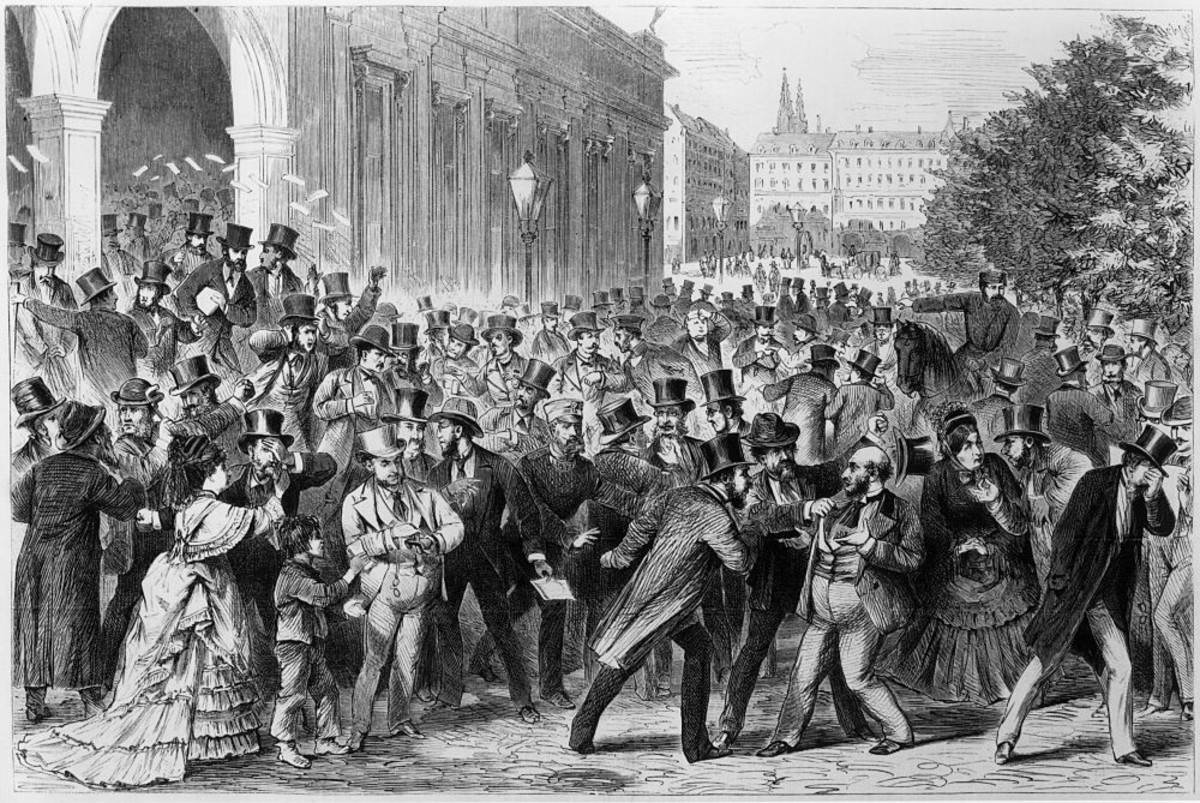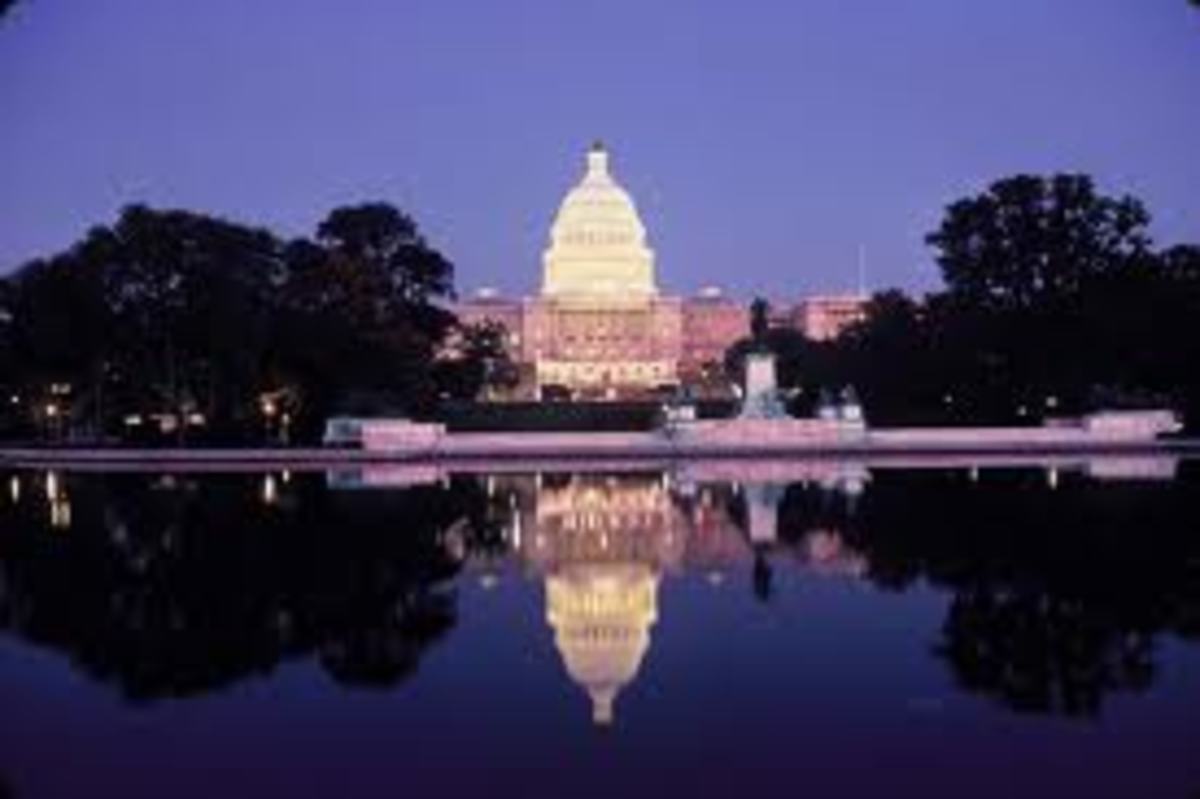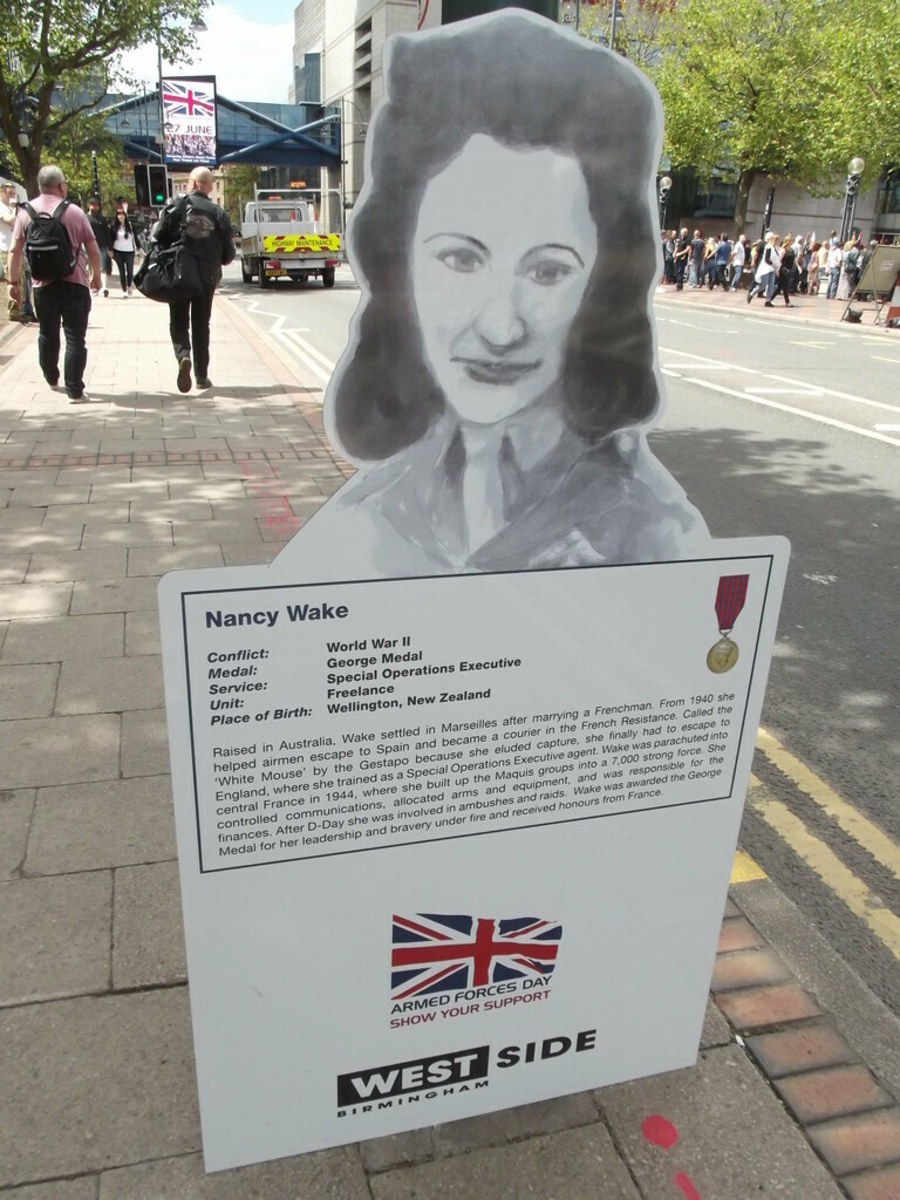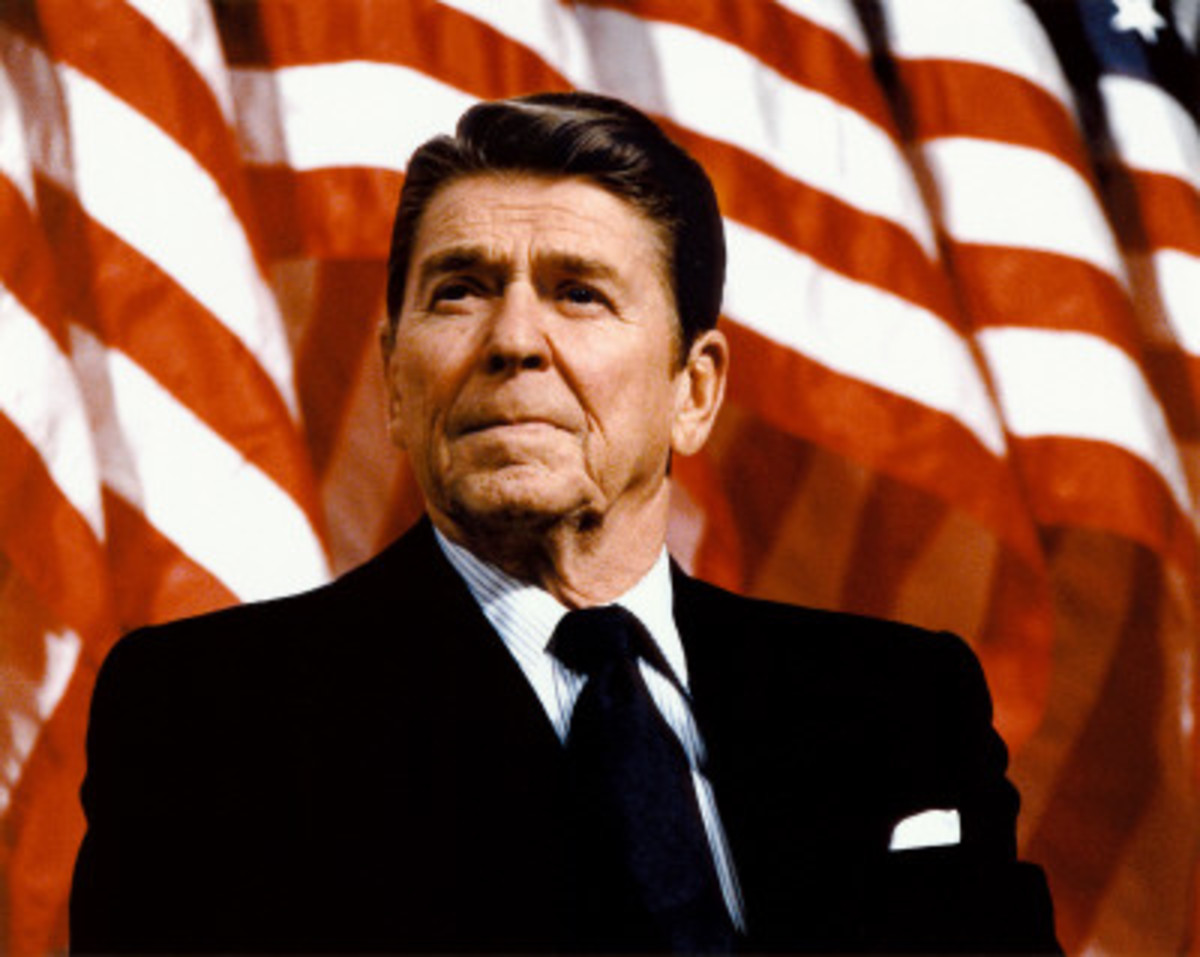Does Having a Checks and Balances System In Our Constitution Really Work?
The Founding Fathers and Checks and Balances
In 1787, America’s founding fathers drafted the United States Constitution with checks and balances on each of the three branches of the federal government, which are the legislative (our law-making branch, better known as Congress), executive (the president), and the judicial. The president’s ability to veto legislation that Congress had passed, for instance, provided a check on the legislative branch. Congress could then override a president’s veto with a two-thirds vote in favor of doing so from both houses of Congress, thereby making the legislation law despite the President’s veto. The president could not enter into treaties, appoint cabinet members or ambassadors without approval from the Senate. Similarly, there were limits on the judicial branch’s powers. Only Congress could create a new court. The judicial branch could not freely create new courts. Only the president could appoint judges, and then the Senate had to approve the judges. The system of the Senate approving judges provided a check on both the executive and the judiciary.
They additionally placed limits on the powers of the entire federal government. The Bill of Rights placed many restrictions on legislation Congress could pass and on other powers of the federal government. Congress could not restrict individuals’ rights to practice a religion. At the same time, Congress could support or recognize a certain religion. Neither the president nor Congress could disarm state militias. The judiciary had to ensure that criminal and even civil defendants had certain rights.
Additionally, the Tenth Amendment declares that: “The powers not delegated to the United States by the Constitution, nor prohibited by it to the states, are reserved to the states respectively, or to the people.” That means that the states have any powers that the Constitution specifically says the states cannot have or else the Constitution gives to the federal government. The Constitution gives Congress the power to make immigration laws, for instance, and so the states do not have that power. Similarly, the Constitution guarantees every state “a republican form of government.” A state, therefore, must have a governor rather than a monarchy. Apart these types of restrictions the states have great leeway in making laws. States are given great deference in the kinds of taxes they want to implement or not implement, for instance.
Part of the reason for these limitations on the federal government was to increase the likelihood that enough states would ratify the Constitution. Nine of the thirteen states had to ratify the Constitution in order for it to become America’s governing document.
Another reason for these checks and balances stemmed from the beliefs of both ancient European philosophers, such as Plato and Aristotle, and by enlightenment philosophers such as Montesquieu. These philosophers believed that a balance of power was necessary to stop one branch of government from having too much power.
Checks and Balances In Action In the United States
The question is whether this system of balancing powers is actually the right system to have. Likely because our founding fathers inserted these checks and balances into our Constitution, Americans have come to believe that they are essential.
Americans, however, frequently complain that the government, particularly the federal government, is ineffective. The president and Congress can only pass a small part of their agenda and what passes ends up becoming watered down, because of compromises that were made in order to pass the legislation. President Truman emphasized that “the buck stops here.” He believed that presidents too often passed the blame for problems onto other institutions, such as Congress. After he became president, Truman emphasized that he would take responsibility and the blame for any problems. He would not pass the buck so to say to other people, institutions or branches of government. Truman believed that past presidents had successfully diffused blame away from them. He would not let that happen during his administration.
In reality, Truman had problems passing his “Fair Deal” because of Congress. The Republicans, and even some Democrats, believed that his calls for free higher education, health care for the poor and senior citizens went too far. In the 1946 midterm elections, the Republicans won control of Congress with their campaign platform of “had enough.” Over the next two years, the 80th Congress with a new Republican majority earned a reputation as a do-nothing Congress. They simply did not want to pass anything, including Truman’s agenda. Truman won reelection in 1948 by essentially running against this Congress. He called it “the worst Congress in history.” While saying “the buck stops here,” Truman implicitly blamed his inability to pass legislation on Republicans. Of course, there is a great deal of truth in Truman blaming Congress. They simply did not want to pass any of his legislation. The American public came to realize that fact in the end. On Election Day 1948, Truman surprisingly won reelection and the Democrats took back Congress at the same time. Truman of course had difficulty passing legislation in his second term even though the Democrats controlled Congress during that time, because many Democrats especially southern Democrats (“Dixiecrats”) did not want to pass his legislation.
The British and Canadian System of Government
Two other notable countries do not have this checks and balances system. Yet, they are considered thriving democracies. At least they have become thriving democracies. They are the United Kingdom and Canada. These two nations are said to have a “responsible” rather than a divided government. At the national level in both Great Britain and Canada the only elected body is the House of Commons. There is another legislative chamber in these two countries: the House of Lords in Britain and the Senate in Canada, but their members are unelected. How does the elected body have its way then?
In Britain the House of Lords can only delay legislation that the House of Commons passes. If the House of Lords does not pass a bill that has passed the House of Commons it simply returns to the House of Commons. The House of Lords may recommend changes to the bill. There is nothing, however, that requires the House of Commons to make the changes. It can simply re-pass the legislation in its original form. The House of Lords then has the option of passing the bill this time or sending it back to the House of Commons again. Once the House of Commons passes the legislation un-amended for the third time it becomes law. The House of Lords merely serves as a debating chamber. The elected body will end up having its way.
Canada’s Senate is similar to the British House of Lords. It merely delays legislation and suggests changes. The ruling party in the House of Commons, furthermore, selects new Senators as seats become vacant. That will make the Senate friendlier to legislation that the House of Commons proposes. If a new party wins power in the House of Commons the Senate of course will become less friendly to the new party. The Prime Minister, however, has the power to add Senate seats if the Senate tries to do anything more than simply delay legislation or suggest changes. It is, therefore, rare for the Canadian Senate to go against the will of the House of Commons.
These two countries, therefore, have a system in which “the buck stops here.” The party that wins the most seats in the House of Commons becomes the governing party in both countries. A governing party will choose an MP (It stands for Member of Parliament, even though the House of Lords and Senate members respectively are members of Parliament.) to become the Prime Minister. The Prime Minister will then choose other MPs from his or her party to form the cabinet. These cabinet ministers are responsible for carrying out the legislation that the British and Canadian Parliaments pass. They have responsibilities similar to the cabinet secretaries in the United States. The Canadian and British House of Commons have executive branch responsibilities as well.
So if the people do not like the laws that the elected governments have or have not made, or else the way the laws have been implemented then they can simply blame the majority party in the House of Commons. In the next election they can throw out that party. The law requires Britain and Canada to have an election within five years of the last election. While the governing party may call for an election earlier at a time when it is likely to win and even gain seats, the people are still given an opportunity to remove this party. The people will only have to wait a maximum of five years to remove an unpopular party. It is much easier to bring about change that way. Unlike the United States, the legislature and the executive branches cannot assign each other the blame. The legislators and executives are made up of the same people.
It is true that Queen Elizabeth II is the head of state for both Great Britain and Canada. (Canada is a member of the British Commonwealth. That means that Canada is technically part of the United Kingdom, and therefore the Queen is the Canadian head of state.) The civil servants in Great Britain and Canada are “employees of the crown,” which means that the Queen is their top boss. That, however, does not mean that the Queen bosses around the civil servants. Her powers are virtually all ceremonial. Civil servants carry out policies as directed by the elected government. So when a civil servant implements a new health policy in either country, he or she is following the directions of either the Prime Minister or the Minister of Health. The Prime Minister and the Minister of Health become accountable for civil servants not doing their jobs properly.
Party Discipline In Britain and Canada
Many people talk about the strength of party discipline within these respective countries’ House of Commons. The whips have much more power in Canada and Britain than they do in the United States. An individual MP can find themselves in serious trouble with their party’s leadership. (That includes the Prime Minister if the MP is in the governing party.) If they do not vote the way their party wants them to vote the party may choose someone else to run in their constituency during the next election. That is because there is no primary system in these two countries. Selection committees within the parties choose their candidates to run for House of Commons seats. Party discipline plays a large role in Britain and Canada more successfully passing legislation than in the United States.
Does this party discipline relate to the lack of checks and balances? Having no checks and balances makes the Prime Minister’s party realize that they will be held entirely at fault for not passing any legislation that they proposed. That could lead to more pressure to pass a piece of legislation. The checks and balances system can also create party leaders who have different interests. A president may have interests that are at odds with their party leaders in Congress, most significantly. In the British and Canadian House of Commons, the Prime Minister formulates the party’s agenda. They choose cabinet ministers who will follow their policies. An American president has little influence in choosing Congressional party leaders. A party may, therefore, not always speak with one voice, which makes it harder to form a party agenda.
Not having a primary system, on the other hand, allows party leaders to choose people to run who will vote the way their party wants them to vote. They do not have ordinary voters -who have simply declared themselves aligned with the party- choosing party candidates for a particular seat who do not have an interest in always voting the party line. This system stops one conflict of interest an MP might have. They do not have the interests of ordinary voters in their party conflicting with party leaders.
While they do not have to win a race for their party’s nomination by courting the general population in their party, they could still have a conflict of interest in terms of winning their seat in the general election which may go against how the party wants them to vote. If the British Conservative Party wants to cut state funding for coal mining, a Conservative MP in a constituency whose economy depends on coal mining may become reluctant to vote with the party on this issue. British and Canadian political culture goes against the concept of MPs thinking about the interests of their constituents over the country’s interests. At the time of the American Revolution, American colonists had become used to their representatives in their respective colonial legislature representing the interests of their constituency. In Britain, MPs proclaimed to represent all of England, rather than a particular constituency. That principle holds more or less true today not only in Britain but Canada too. Although that may mean that an MP will go against the voters’ interest in their constituency, the voters can still elect an MP from another party more favorable to their interests in the next election.
Essentially, the lack of a primary system and the lack of constituent representation of these two countries, for better or worse, allows for much more party discipline than in the United States. These two factors may lead to more party discipline than checks and balances. Having checks and balances may lead to a conflict of interest between the president and their party leaders in Congress, which can interfere with how a Congressman or Senator votes. Primaries and pressures from your constituents will add two whole new conflicts of interest that may be at complete odds with the direction of a party. It is difficult to whip a representative into shape when they fear losing the next primary or general election if they vote the way of their party leaders.
While checks and balances play a smaller role in reducing party discipline, it does not mean that checks and balances are a good idea. The ability to elect one party in a particular institution to make the necessary changes has a lot of advantages.
Should the United States revise its system of checks and balances? It would mean a lot of changes. We would have to pass at least one constitutional amendment, meaning that two-thirds of Congress would have to agree to this change. Then either three-quarters of the state legislatures would have to concur with the change, or else three-quarters of the states would have to have constitutional conventions to ratify the amendment(s). Many Americans would have trouble adjusting to a governmental body without traditional checks and balances from other governmental institutions.
That does not mean we should not consider making some changes, as we are having an increasing problem with governmental gridlock. Our founding fathers saw the need for checks and balances because the division of power in Britain was different at the time of the American Revolution. While some checks and balances existed in Britain, the House of Lords had the power to block any House of Commons legislation it wanted. The elected chamber did not have ultimate accountability. Right now we are not accomplishing anything because different parties control the legislative and executive branches. When the Democrats controlled both houses of Congress he still had trouble passing legislation. He had to water down his health care proposals in order for it to pass. We could accomplish a lot more with one elected body being able to make and then execute the laws.
Bibliography
Dolbeare, Kenneth M., American Political Thought, 3rd ed. (Chatham, NJ: Chatham House Publishers, Inc.), 13-25 and 86-95.
Malcolmson, Patrick and Richard Myers, The Canadian Regime: An Introduction To Parliamentary Government In Canada, 4th ed. (Toronto, ON: University of Toronto Press,.), 52-57, 129-131 and 159-160.
McCullough, David. Truman. SimonandSchuster. com, 2003.
Przeworski, Adam, Susan C. Stokes, and Bernard Manin, eds. Democracy, Accountability, and Representation. Vol. 2. Cambridge University Press, 1999.
Rhodes, Roderick Arthur William. Everyday Life in British Government. Oxford University Press, 2011.

